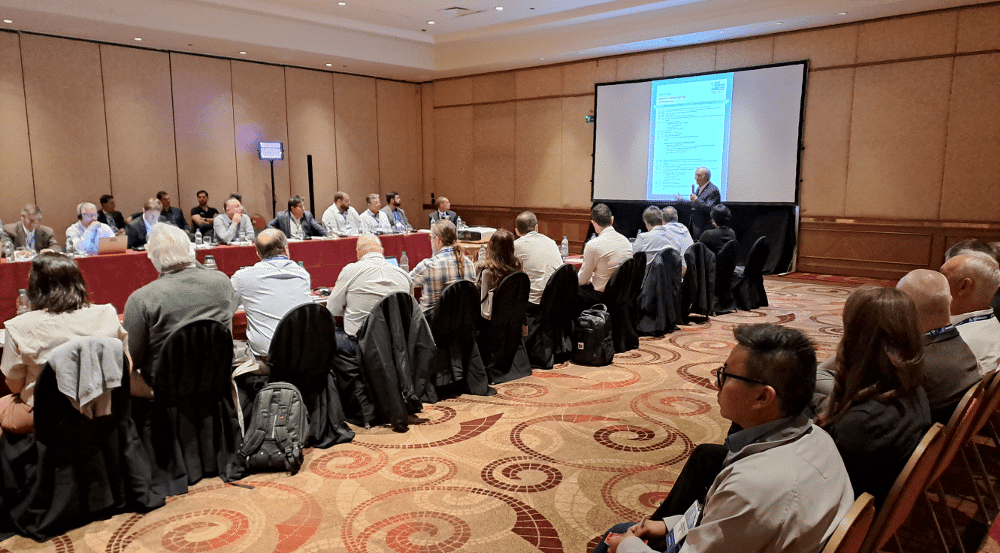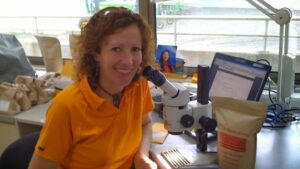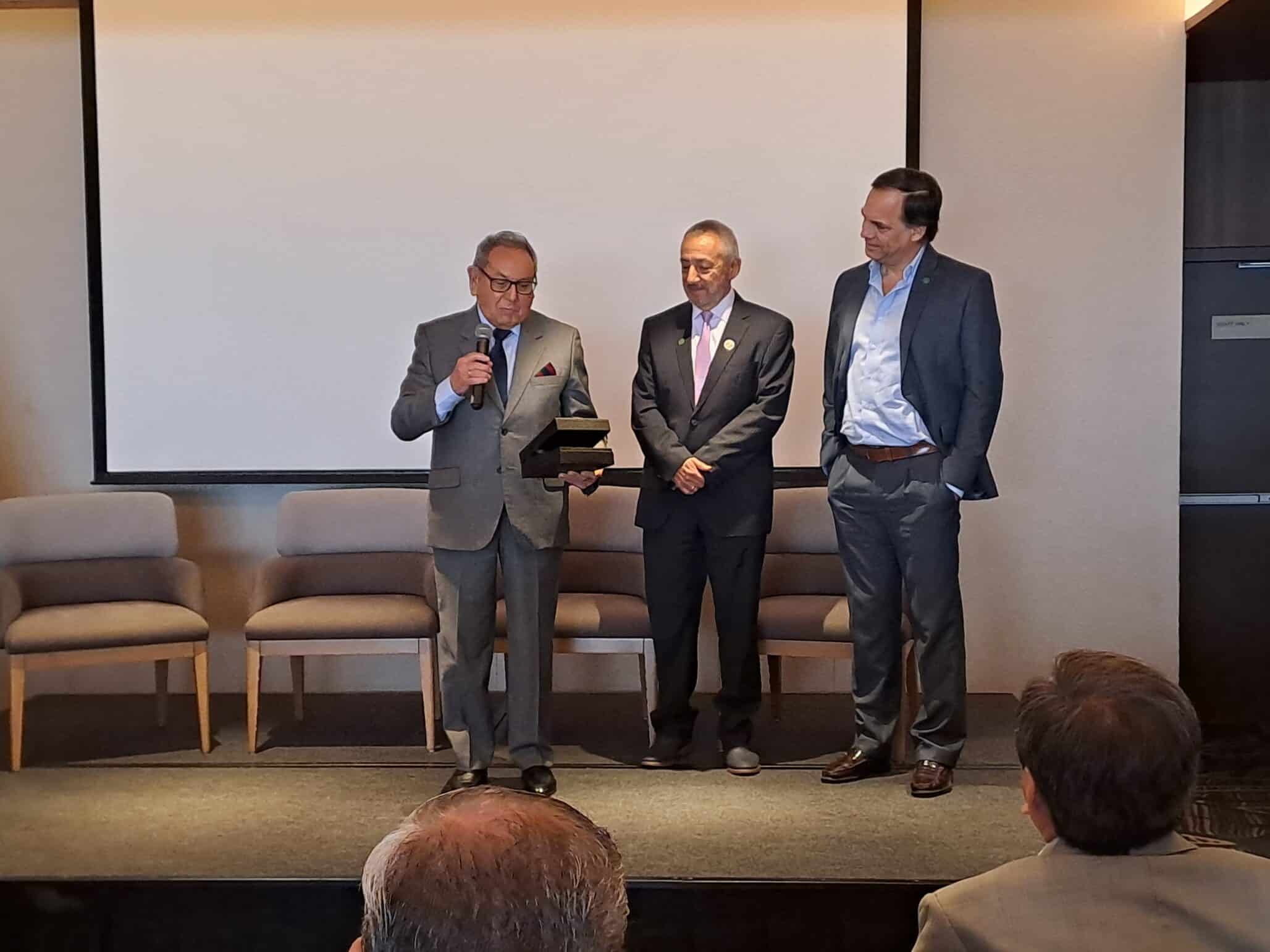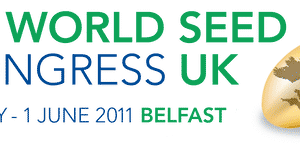If you build it, they will come. Scott Horner recently decided to modify that old adage to something more like, “If you organize it, they will attend.”
Horner, chief commercial officer of Alberta’s HyTech Production, initiated a first-of-its-kind meeting between Seeds Canada members and Chile’s seed association at the Seed Congress of the Americas, held in Uruguay in the fall and hosted by the Seed Association of the Americas (SAA).
Attending the meeting were members of Canadian and Chilean seed companies, members of the Canadian Food Inspection Agency (CFIA) and the Chilean equivalent Servicio Agrícola y Ganadero (SAG), the Canadian Seed Growers’ Association, Seeds Canada, and Chile’s seed association Asoc. Gremial Nacional de Productores de Semillas (ANPROS). It was a mix of both in-person and virtual attendees.
“A meeting like this has never happened before where we had canola seed companies, seed association representatives and regulators all in the same room,” Horner says. “That in itself was an accomplishment.”
This year’s SAA Congress was a bit different, as it included a beefed-up trading floor organized in partnership with Seed World Group. The two-and-a-half-day congress brought together regional seed professionals, seed leaders, breeders, researchers, policymakers, government officials and students, to learn, connect, generate new business, promote products and learn about the latest innovations.
Sessions focused on major areas of the seed business: innovation, environment, social and economic sustainability, facilitation of seed movement and the importance of communication.
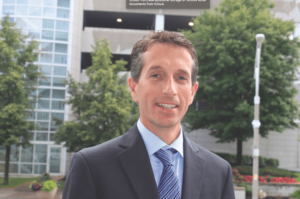
Open Discussion
The SAA Congress has many components, split into different floors — the trading area, the exhibition floor, the innovation floor and the plenary sessions, all running simultaneously, notes Diego Risso, executive director of the SAA.
“This year’s event was very successful in terms of the number of people, the number of countries that participated, and the range of people who took part. But on top of that, we received some very solid feedback from people who said it was very valuable from a business perspective,” Risso says.
“The people who attend are here to do business. We attract very high-calibre attendees who are serious about doing business in the Americas and who attend because they get results by attending. That counts for something.”
Sarah Foster, president of 20/20 Seed Labs based in Nisku, Alta., agrees that the SAA event is becoming a more crucial one over time, and the meeting between Seeds Canada members and ANPROS was one example of the high-level discussions that take place there.
“It was an eye-opener. The agenda was compelling and, to say the least, very forward-thinking. South America has found a way to propel itself forward with modern thinking and a need to address the challenges around farming with climatic changes. They are true leaders in our industry and are ready to take on any aspect of being climate-friendly,” Foster says.
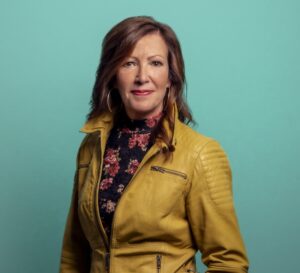
In terms of the agenda at the Seeds Canada/ANPROS gathering, attendees discussed ways to make the flow of seed go more smoothly and reduce costs.
“From a Canadian seed company perspective, we want to communicate to SAG why Chile is important to Canada and make sure everybody is pulling in the same direction to make the supply chain work. And then, of course, there are challenges, so we wanted to talk about some of the things that we can improve,” Horner says.
Those areas for improvement include paving the way for third-party field inspections in Chile, something Canada has made a reality in recent years and which Chile is moving toward as well. Ways of streamlining the import/export process were discussed as well.
“It was a very open discussion,” Horner adds.
ANPROS and many of the 74 members it represents have a long relationship with Canadian seed entities, notes Mario Schindler, executive director for ANPROS. He says the meeting helped further cement the relationship between Chilean seed companies and their Canadian counterparts.
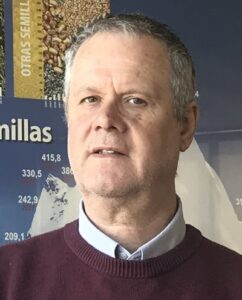
“Canadian companies are very interested in field inspections. In Chile, we now have in place an authorization of third parties for seed inspections. It’s something we’ve been making progress in over time.”
Lauren Comin, regulatory affairs manager for Seeds Canada, attended and says the issue of third-party inspections is an important one for Seeds Canada members who do business in South America, specifically Chile.
“Inspectors from countries in South America may not always be as familiar with our crop types, so making sure that we have those with expertise recognized and authorized to do that is important. It’s not going to happen tomorrow — it will take time — but I think our Canadian members were quite satisfied that it’s in the works,” Comin says.
Having Seeds Canada at the table nearly two years after the organization was created by the amalgamation of four Canadian seed associations is a major asset to the Chilean seed industry, Schindler adds.
“The Canadian seed industry coming together in the form of Seeds Canada has been a big benefit to ANPROS. Having worked in the seed association sphere for so many years, I know that if you’re able to bring together all these people and have them move in the same direction, it really pays dividends. We look forward to seeing what benefits this merger has for Canada and beyond in the coming years.”


